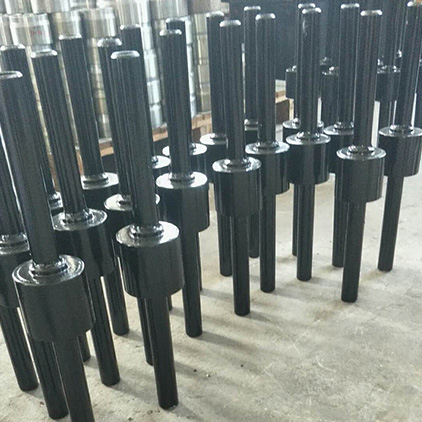Benefits of Using Insulating Joints
Insulating joints play a crucial role in the efficient and safe operation of pipeline systems. They serve as a barrier between different sections of pipelines, preventing electrical currents from flowing and protecting against galvanic corrosion. In this article, we will explore the ins and outs of insulating joints, their benefits, installation procedures, maintenance practices, and various applications.

Introduction
Insulating joints are specialized components used in pipeline systems to isolate different sections and prevent the flow of electrical currents. These joints are designed to interrupt the electrical continuity between pipeline segments, ensuring the safety and integrity of the overall system.
How Insulating Joints Work
Insulating joints function by electrically isolating adjacent pipeline sections. They are typically constructed using insulating materials such as thermoplastics or composite materials with high dielectric strength. By interrupting the electrical path, insulating joints prevent the formation of galvanic cells, which can lead to corrosion and other integrity issues in pipelines.
Types of Insulating Joints
There are several types of insulating joints available, each suitable for specific applications. Flange insulating joints are commonly used for connecting flanged pipe ends, providing electrical insulation between the mating flanges. Sleeve insulating joints, on the other hand, are used for connecting pipes without flanges. Monolithic insulating joints offer a one-piece design, providing both electrical insulation and structural integrity.
Benefits of Using Insulating Joints
The utilization of insulating joints brings numerous benefits to pipeline systems. Firstly, they prevent galvanic corrosion by interrupting the electrical circuit between dissimilar metals. This helps extend the lifespan of pipelines and reduces the need for frequent repairs. Additionally, insulating joints allow for the isolation of different pipeline sections, enabling maintenance activities without interrupting the entire system. Furthermore, insulating joints offer protection against electrical faults, minimizing the risk of accidents or damage.
Installation of Insulating Joints
Proper installation of insulating joints is essential to ensure their effectiveness. Prior to installation, it is crucial to consider factors such as pipeline material compatibility, electrical insulation requirements, and environmental conditions. The installation process typically involves cleaning the pipe ends, applying appropriate coatings or adhesives, aligning the joint components, and securely fastening them.
Maintenance and Inspection
Regular maintenance and inspection are necessary to ensure the continued functionality of insulating joints. Inspections should be performed periodically to check for signs of damage, wear, or electrical leakage. Maintenance practices may include cleaning, reapplication of protective coatings, and tightening of fasteners. Following manufacturer guidelines and industry best practices is crucial for maximizing the lifespan and performance of insulating joints.
Applications of Insulating Joints
Insulating joints find wide-ranging applications in various industries. They are extensively used in oil and gas pipelines to prevent corrosion and ensure the integrity of the system. Water distribution systems also benefit from the use of insulating joints to isolate different sections and maintain water quality. Furthermore, insulating joints are crucial in industrial process pipelines, where electrical insulation and protection are paramount.
167
0
0

Comments
All Comments (0)